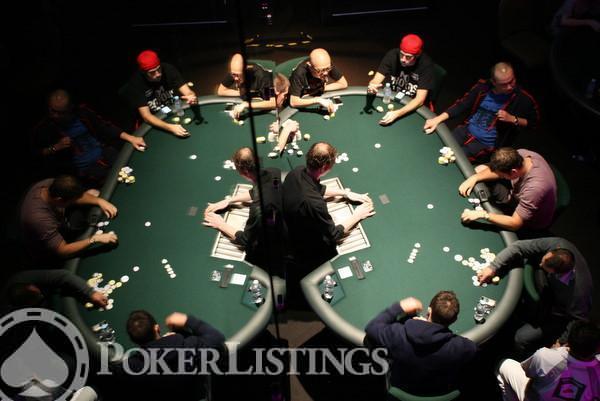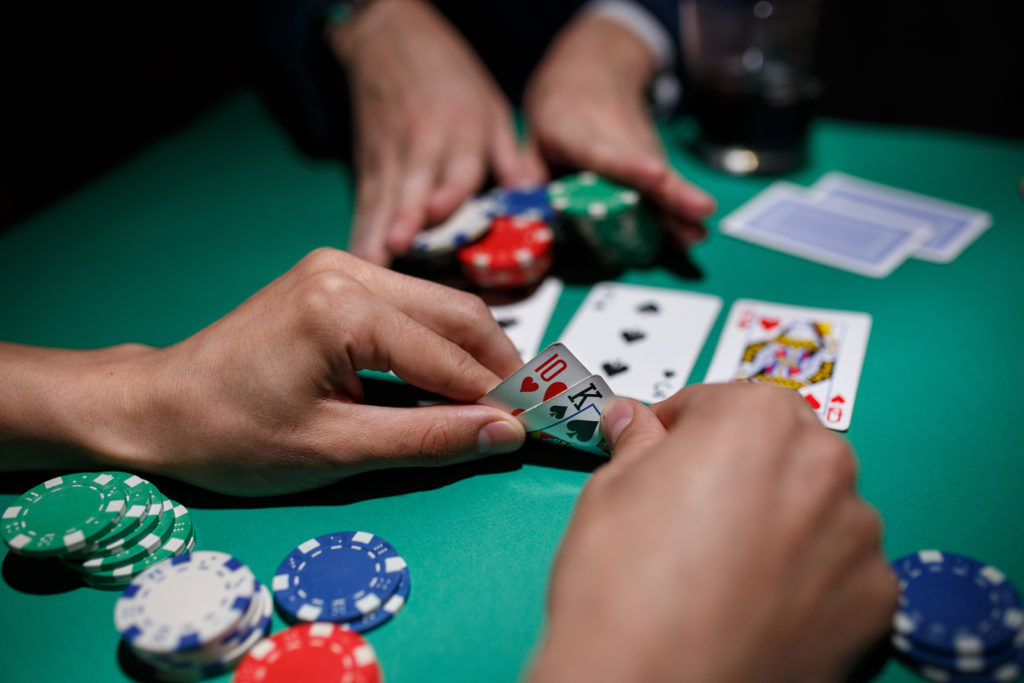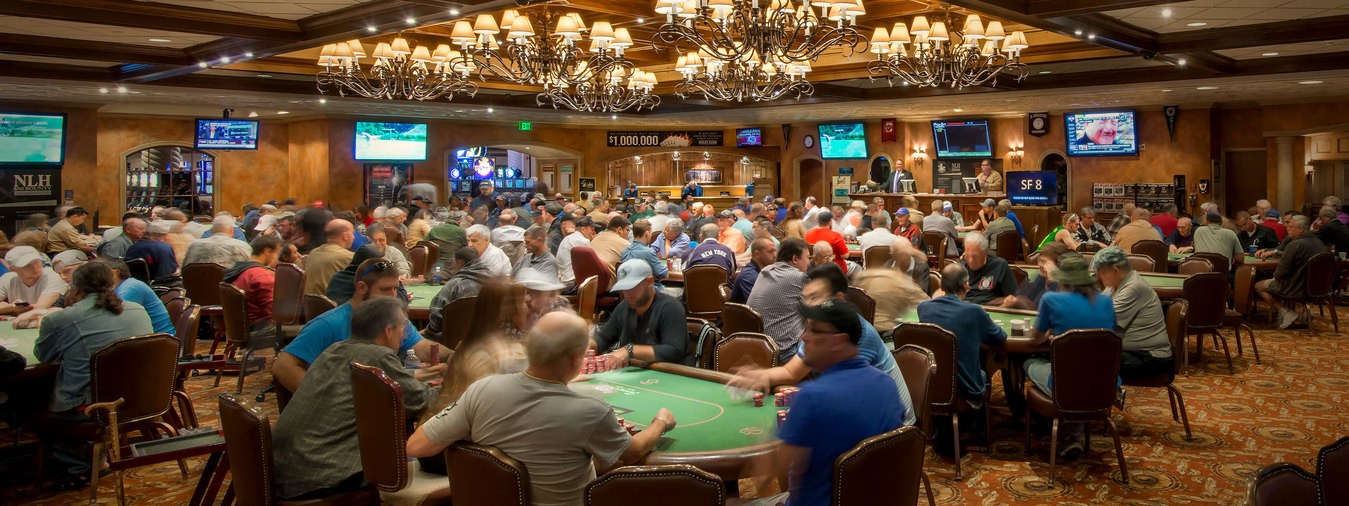How To Run A Legal Poker Room
- How To Start A Legal Poker Room
- How To Run A Legal Poker Rooms
- How To Run A Legal Poker Room Rules
- How To Run A Legal Poker Room Poker
- How To Run A Legal Poker Room Games
- Having said that, Poker has a huge popularity among the upper-class society here. I run an upscale poker room in such an Islamic country. Here is what we do when we run our games.
- 2 of 10 Justin Werner concentrates during a game of Texas Hold em at Rounders Card Club, Sunday, Oct. In the last year, about a dozen poker clubs have opened in San Antonio.
There might be some legal wiggle room as a result of Kentucky's definition of gambling, which doesn't explicitly mention poker or provide a blanket prohibition against all betting and wagering, but the attitude of the current administration certainly seems to be that online poker operators accepting Kentucky action are in violation of the law. Dallas gets its first official poker room, with the blessing of the city council The Texas Card House will actually have two rooms, with another in the Sam Moon shopping center on Harry Hines Blvd.
How to Set Up a Home Game That Works
Poker home games have been a staple for decades. Organizing one is not as straightforward as you’d think. Missing just one important factor can turn your home game into a frustrating experience for all the players. This guide covers everything you need to know to organize a poker home game which people will want to keep coming back to.
There are a lot of factors to consider before you start your game. These range from practical things like cards and chairs – though to who to invite and how to avoid cheating. Here is how the information below is laid out:
- Cheating: How to Avoid It?
Organizing a Poker Home Game: Equipment and Setup
This section covers cards, a poker table (or playing surface) and seating.
Cards used in casino poker rooms are not the same as the regular cards you’ll find in toy stores. Professional cards are made of plastic. They will need to withstand a lot of bending as players check their hole-cards – as well as repeated shuffling. We recommend 3 decks per table. Two can be used in-game (with one being shuffled while the other is dealt), and one in reserve. Accidents do happen. It only takes one card to be damaged to take a deck out of commission.

You’ll need a playing surface, plus enough seats. A poker table, complete with drink holders and a padded surround is ideal. You can get these cheaply, though the bigger more professional ones can be worth the investment. If you don’t have one, make sure you have a big surface – a small kitchen table will be cramped after all the chips and drinks are on it. Seating is often overlooked. Not only will you need enough seats for everyone, you need to make sure they are tall enough. Nobody wants to be sat lower than the rest of the players!
Chips are another practical consideration. During a game, big pots will likely change hands, so you need to ensure there are plenty of chips to go around. Light, cheap chips will not give your game a professional feel. A decent chip set is an investment which should last you for years.
What Games to Play in Your Poker Home Games?
Tournaments don’t work well in the home game setting, unless you also have plenty of spots in cash games too. The reason is that people will bust out, leaving them idle waiting for others to finish.
The most popular form of poker is No-Limit Hold’em – making this the obvious choice for your home game. Other possible games are Pot-Limit Omaha and even Stud poker variants.
If you step outside of No-Limit Hold’em, you will naturally restrict the number of players willing to join. We recommend sticking to this format, and spicing things up a little with some entertaining twists and variations. Here are some suggestions:
- Bomb Pots: Every hour or so, get everyone to put a chip into the pot before the cards are dealt. Everyone is then dealt in, and the flop is also dealt – with betting starting after this.
- Crazy Pineapple: This twist to the usual game deals everyone 3 cards instead of 2. Each player needs to muck one card once the flop is dealt.
- Splash Pots: Another twist which gets everyone putting in a chip before the flop. This time the hand proceeds normally, with a bigger pre-flop pot giving more action.
- 7-2 Game: Award a chip from each player (size can be flexible) for anyone winning a pot with 7-2.
- Run it Twice: Offer players the choice of running out 2 boards, as long as both (or all) players agree.
How To Start A Legal Poker Room
You could also consider making the game ‘dealer’s choice’. This gives the player with the dealer button for each hand the choice of format. This works well for casual / fun home-games. For the most part a standard NL Hold’em cash game is the best option of all.
What Stakes to Play?
This depends on you’re the people you invite and what they are comfortable with. The sweet spot is usually around $1 / $2. This gives everyone the opportunity to buy-in for a full stack – preventing short-stacks making the game tricky. Many home games use $1 / $3 or $2 / $5 blinds instead.
You should be clear on minimum / maximum buy-ins before the game starts. 100x the big blind is a starting point for this – though you can also allow top-ups to match the biggest stack at the table as the game progresses.
Who Should You Invite?
Balance is the key factor for your invitation list. Home games are social events, and most of the players will come from your social circle.

What you do not want is a couple of excellent players – who will prey on the novices week after week. This will inevitably cause your home game to break, as the weaker players decide it is not worth it. You need to ensure that everyone is approximately the same level to run a successful game.
The best home games will grow via your network of friends. If you advertise your game openly, then you’ll have the additional strain of having strangers in your home. If a player wants to bring a friend of their own into the game – great – though make it clear to them that they are responsible for the new player’s behaviour.
Pay a Dealer or Deal Yourselves?
If you can afford it, a professional dealer will make your home game a much better experience. You can split the cost with the players to cover this.
Most games are self-dealt. The player on the button acts as the dealer each hand, and also plays a hand of their own. If you do this, I recommend a second deck of cards. The player in the small blind gets to shuffle these while the current hand is being played. This allows the game to proceed smoothly onto the next hand.
Snacks and Beverages
Before you invite everyone, you need to decide whether you will supply snacks and beverages – or whether you expect people to bring their own. The best home-games involve a little drinking, which makes things a lot more social. You can supply a fridge full of beer (for example) that can be bought at cost. You could also lay on some snacks – or even order pizza half way through the session.
The key point here is that the players know what to expect in advance – and can plan accordingly.
Rake and Fees
You need to be careful if you are charging for your home game. There are laws in many states which explicitly state that home games are only legal if they are not for-profit.
If you are supplying drinks, snacks and paying a dealer, you’ll want to recoup your expenses. There are different ways of doing this. You can rake the pots (where legal), use a pay-per-unit system for your drinks – or simply ask for a flat contribution to cover everything.

Remember, you have to act as the banker when hosting a home game. Exchanging player’s money for chips, keeping that cash safely under lock and key, and then assisting cash-outs at the end of the game.
How to Avoid Cheating in Your Poker Home Game?
Casinos have security cameras, professional dealers and experienced floor staff on hand to settle any disputes. This makes cheating difficult. You’ll need to be aware of the common ways that cheating occurs in home games – and to make sure everyone is aware of the rules.

How To Run A Legal Poker Rooms
Here are some of the key things to look out for:
- Splashing Pots: The most common form of cheating involves shorting the pot of a chip or two. Done regularly, this can add up to significant amounts. The scenario involves a big pile of chips, with a player throwing more into the pot and announcing, ‘raise to $100’. What happens is that they only throw in $85 (for example). If you feel this is happening, insist that players don’t throw chips loosely into the pot, allowing for their chips to be counted.
- Rigging Decks: This is harder to detect, though spots where you return from a break, only to have a ‘cooler’ situation occur involving the same player each time should ring alarm bells. Make sure the deck is shuffled and cut properly before every hand.
- Collusion / Soft Play: You will find players working as a team, signalling to each other or squeezing a 3rd party with multiple raises. This is hard to detect when it happens rarely, though regular instances involving the same players should be dealt with promptly. Soft play is a milder version. Here you might see players refusing to ‘go to war’ when the hands shown would have warranted this.
How To Run A Legal Poker Room Rules
Wrapping Up: Organizing a Poker Home Game that Lasts
How To Run A Legal Poker Room Poker
As you have seen above, there are a lot of different things to consider before you run a home-game.
How To Run A Legal Poker Room Games
The best games are social, fun and fair – with attention paid to small details. We recommend you don’t go too big too soon. A small game with 7 to 9 players (who know each other) is an ideal place to start. Set out the rules involving games, conduct and how to pay the expenses clearly at the start of each session. After a few successful games, you’ll have the experience to start experimenting with adding new players, fun twists on the game formats and will have an idea if anything shady is going on among your players.